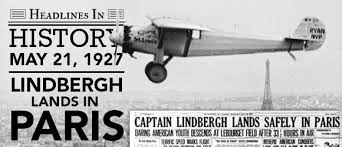Vaša košarica je trenutno prazna!
1789 – The Storming of the Bastille Is Announced Across France

On July 2, 1789, news of the storming of the Bastille prison began spreading across France, stirring revolutionary fervor. Though the actual storming would happen on July 14, this announcement was a catalyst for wider rebellion. The Bastille was seen as a symbol of royal tyranny and injustice. News of unrest in Paris reached towns and villages, inspiring revolts and protests. These early waves of information helped ignite the French Revolution. The Bastille’s fall would soon become a national holiday – Bastille Day. Revolutionary ideas about liberty, equality, and fraternity gained momentum. This moment marked the beginning of the end for the absolute monarchy in France.
1927 – Charles Lindbergh Flies Across the Atlantic
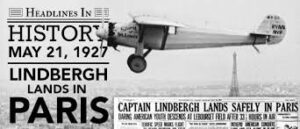
On July 2, 1927, Charles Lindbergh was honored after completing the first solo nonstop flight across the Atlantic in May of that year. His journey from New York to Paris in the Spirit of St. Louis captivated the world. By July, his fame had skyrocketed and his return tour through the U.S. drew massive crowds. Lindbergh’s flight proved that transatlantic air travel was possible and practical. It marked a turning point in aviation history. He became a symbol of American ingenuity and courage. His achievement inspired the rapid growth of commercial aviation. Lindbergh later faced controversy, but his 1927 flight remains legendary.
1928 – First Ever Television Broadcast Demonstrated

On July 2, 1928, American inventor Charles Francis Jenkins staged one of the world’s first public television broadcasts. His experimental station, W3XK, aired a silhouette of a moving image using mechanical scanning. This historic moment laid the foundation for modern television technology. The early broadcast was low resolution, but it demonstrated the possibilities of image transmission. Jenkins was a pioneer in both cinema and early video. Within decades, television would become the world’s dominant form of mass communication. His contributions are often overshadowed by RCA and Philo Farnsworth, but his work was essential. This broadcast marked a turning point in media evolution.
1937 – Amelia Earhart Disappears Over the Pacific
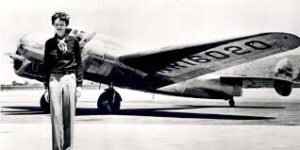
On July 2, 1937, pioneering aviator Amelia Earhart disappeared while attempting to circumnavigate the globe. She and her navigator, Fred Noonan, lost radio contact near Howland Island in the Pacific Ocean. Despite extensive search efforts, no confirmed wreckage was ever found. Earhart was already famous for being the first woman to fly solo across the Atlantic. Her disappearance remains one of the greatest unsolved mysteries in aviation history. Over the years, theories have ranged from crash and sink, to capture by the Japanese, or even survival under a different identity. Amelia Earhart inspired generations of women in aviation and science. Her legacy endures as a symbol of courage and adventure.
1900 – First Zeppelin Airship Takes Flight
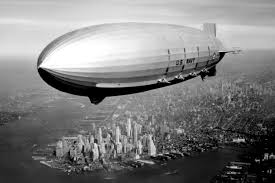
On July 2, 1900, the first Zeppelin — named LZ 1 — took flight over Lake Constance in Germany. Designed by Count Ferdinand von Zeppelin, it was a rigid airship powered by two Daimler engines. Though the first flight lasted only 18 minutes due to technical issues, it marked the beginning of the airship era. Subsequent models would improve rapidly, leading to commercial and military applications. Zeppelins were used for transatlantic flights and even bombing raids in World War I. Their sleek, cigar-like design became iconic. The technology eventually declined after the Hindenburg disaster in 1937. But July 2 remains the birth of lighter-than-air aviation history.
1964 – U.S. Civil Rights Act Signed Into Law
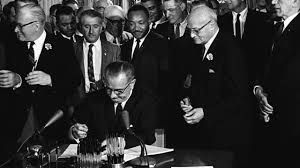
On July 2, 1964, President Lyndon B. Johnson signed the Civil Rights Act into law, outlawing discrimination based on race, color, religion, sex, or national origin. This landmark legislation ended legal segregation in public places and banned employment discrimination. It was a major victory of the American Civil Rights Movement, following years of protest, marches, and violent opposition. Leaders like Martin Luther King Jr. played pivotal roles in its passage. The act enforced the 14th and 15th Amendments more robustly than ever before. It also paved the way for future laws on voting rights, fair housing, and equal education. July 2 became a defining moment in the struggle for justice. The law transformed American society and its commitment to human rights.
Explore more historical war machines on our Timeline Stories site.

